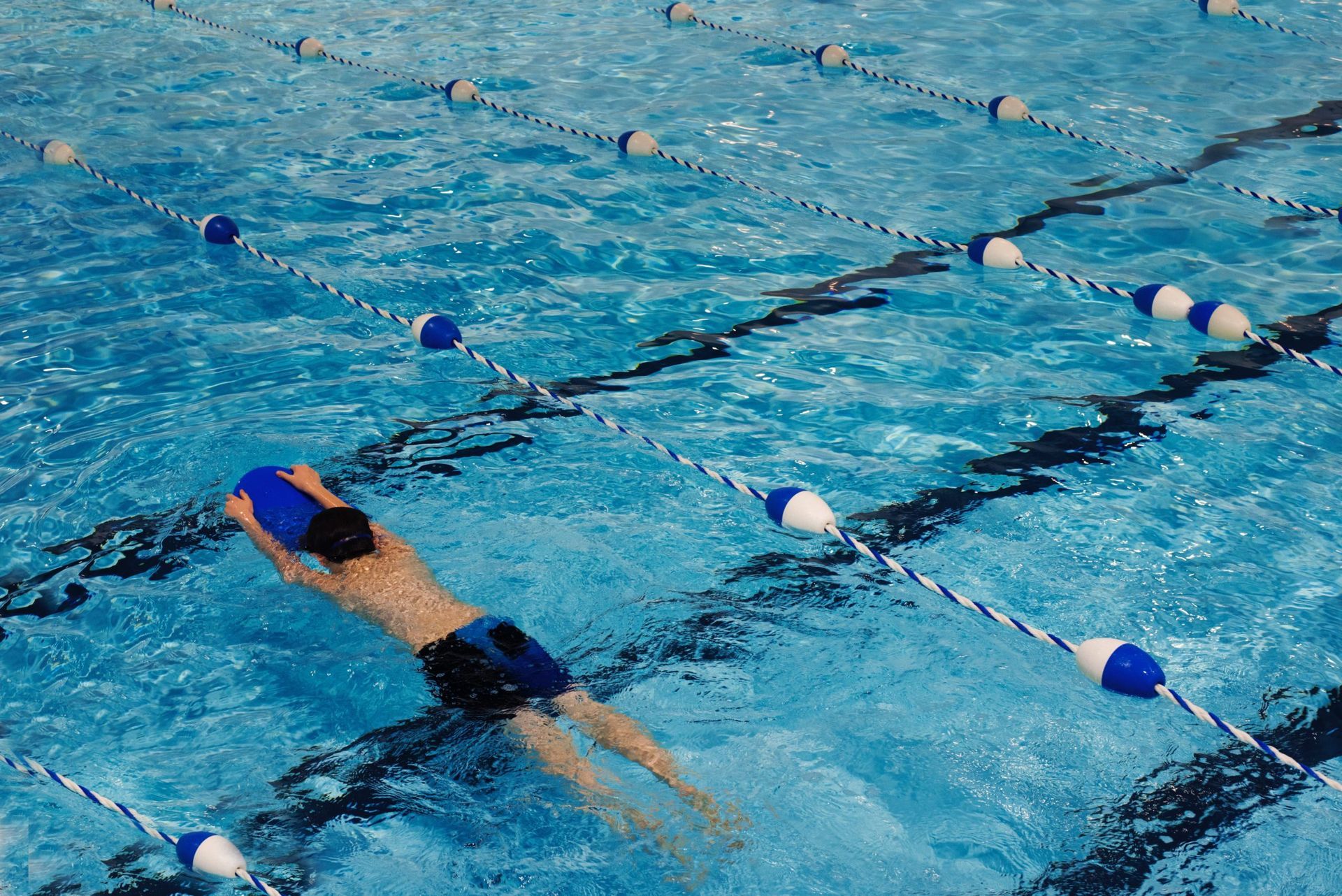Protect Your Neck When You Swim

Swimming can be quite the workout. There isn’t any part of your body that doesn’t work in some way, so it’s no wonder that avid swimmers tend to be pretty fit. All that effort can quickly turn into muscle strain if you aren’t careful. That can spell serious trouble if your neck is the affected area. Fortunately, there are some things you can do to protect your neck when swimming.
Strengthen the Muscles
There are a bunch of muscles that are in and around your neck area. Strengthening these muscles provides stability for your neck and reduces your risk of injuring them due to muscular weakness. To protect your neck, focus on muscles that strengthen your upper body. Lat pull-downs and push-ups are great exercises that help you strengthen the muscles that will protect your neck when you swim.
Release Tension
Sometimes the problem isn’t that the muscles aren’t strong enough–it’s that they are too tense. Carrying too much tension in your neck and shoulder muscles is a good way to hurt yourself. Make sure you stretch these areas well both before and after you swim. Gentle rotational movement exercises like rolling your shoulders forward and back, as well as rotating your neck to one side, then down, then to the other side, and then up can help you loosen your neck and shoulders up as well.
Maintain Spinal Alignment
One of the most important things you can do to protect your neck while swimming is to maintain a good spinal alignment from your tailbone up to the top of your spine in your neck. While you will have to rotate your neck or lift your head (depending on your stroke) to breathe while you swim, your neck should be positioned in line with the rest of your spine for the remainder of the time. You’ll probably find yourself looking at the bottom of the pool more often than not.
It’s always a good idea to take care of your neck, especially when swimming. Pain in your neck after swimming isn’t a good sign. Take steps to protect your neck while swimming. If you notice that your efforts on your own aren’t fixing the problem, seek help from a swim coach or swim instructor. Sometimes that outside perspective can make all the difference.
Do you know what it means to swim with good form? Click here for SwimJim’s take on what counts as good form for swimming today!
The post Protect Your Neck When You Swim appeared first on Swim Jim.







